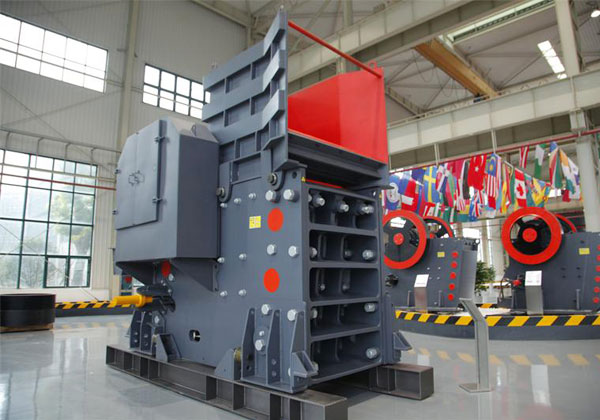Jaw crushers are widely used in mining, construction, and aggregate industries for primary crushing operations. One of the most critical factors influencing jaw crusher performance is the feed size — the maximum size of raw material that can be effectively processed by the machine. Understanding feed size limitations is essential for optimizing productivity, minimizing wear, and ensuring equipment longevity.

Importance of Feed Size
Feed size refers to the maximum dimension (usually the length) of the material introduced into the crusher. Jaw crushers operate by using a compressive force to break down large rocks into smaller fragments. If the feed material is too large, it can lead to multiple operational problems:
-
Reduced efficiency: Oversized feed may prevent the crusher from producing uniform-sized output.
-
Increased wear: Larger rocks can cause premature wear of jaw plates and liners.
-
Blockages: Materials exceeding the feed opening size may clog the crushing chamber.
Jaw Crusher Feed Opening
The feed size limitation is directly related to the feed opening dimensions of the jaw crusher, typically specified as the width × depth (e.g., 600 × 900 mm). In general:
-
The maximum feed size should be 80–90% of the crusher’s feed opening.
-
For example, if a jaw crusher has a feed opening of 600 × 900 mm, the maximum feed size should not exceed 720 mm (80% of 900 mm).
Consequences of Exceeding Feed Size Limits
If feed size exceeds the recommended limit, the following issues may occur:
-
Chamber overfilling: The material may not pass through the chamber efficiently.
-
Jaw damage: Excessive force may cause cracking or breakage of jaw plates.
-
Downstream problems: Inconsistent output sizes can affect secondary crushers or screening systems.
Material Characteristics
Feed size limitations also depend on material properties:
-
Hardness: Harder materials (e.g., granite) are more difficult to break and can impose stricter feed size limits.
-
Moisture: Wet or sticky materials can clump together, creating effective feed sizes larger than measured.
-
Shape: Flat or elongated particles may orient themselves unfavorably, reducing effective chamber space.
Recommendation
To maintain optimal crusher performance and equipment lifespan:
-
Pre-screen large materials to remove boulders or oversized rocks.
-
Use a grizzly feeder or scalping screen to regulate feed size.
-
Match the crusher size to the feed material characteristics and production goals.
-
Perform regular inspections to detect signs of wear or improper feed handling.
Feed size limitations are a fundamental consideration in jaw crusher operation. Keeping the feed material within the recommended size range not only enhances crushing efficiency but also protects the equipment from unnecessary damage. Through proper feed regulation and maintenance, jaw crushers can perform reliably and economically in various industrial applications.
